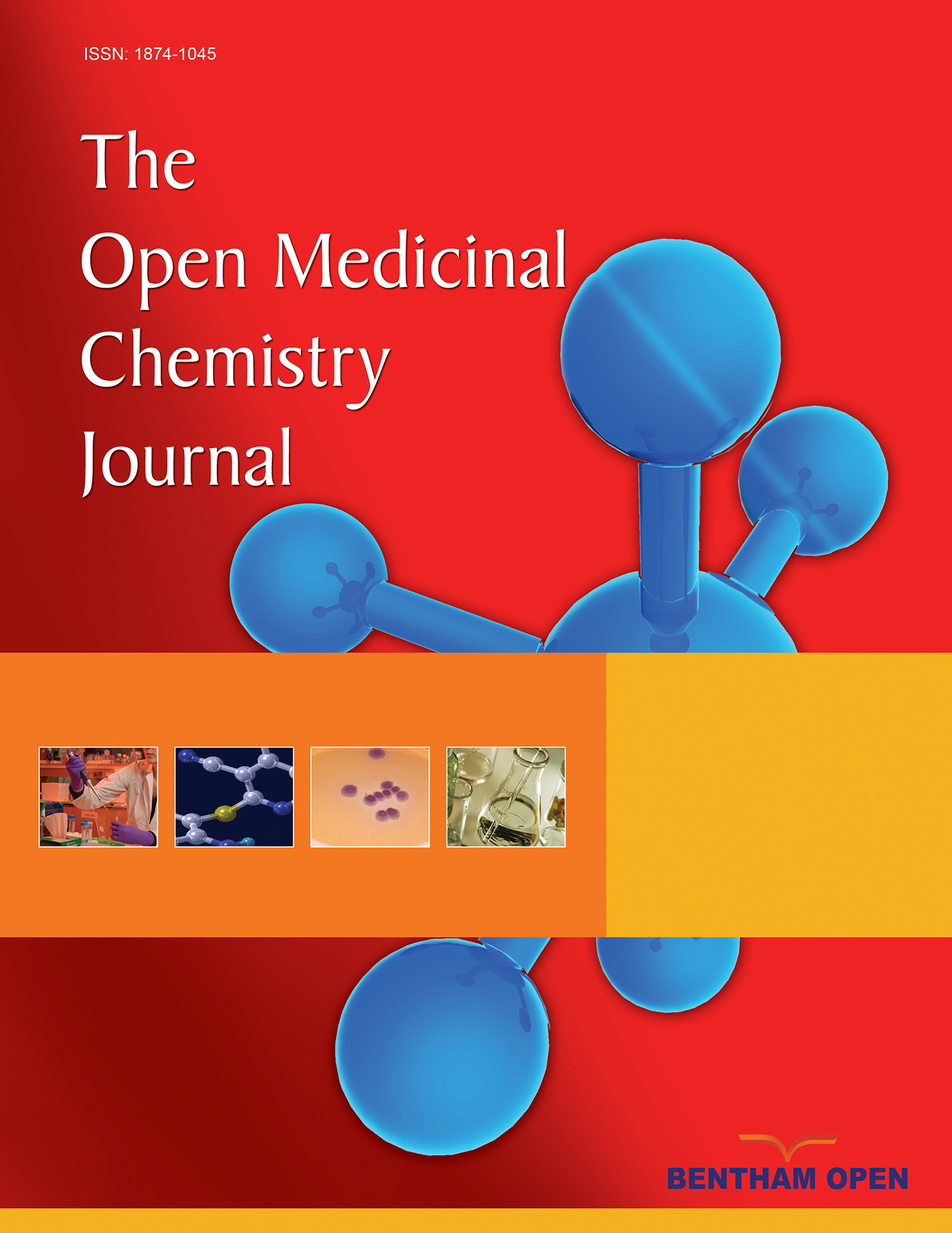Considering Rotatability of Hydroxyl Groups for the Active Site Residues of MMP-13 in Retrospective Virtual Screening Campaigns
Abstract
Considering different orientation of hydroxyl and thiol groups of receptor residues such as Thr, Tyr, Ser and Cys is an option available on Glide docking software. This is an attempt that can provide more realistic ligand-receptor interactions. Matrix metalloproteinase 13 (MMP-13) is a suggested target for several diseases including osteoarthritis and cancer. MMP-13 was selected as a receptor with reported flexibility in the active site residues. Four residues in the MMP-13 active site were selected and their hydroxyl groups were made flexible during docking: Tyr241, Thr242, Tyr243 and Thr244. The ability of retrospective virtual screenings using a rigid receptor for discriminating between actives and decoys were compared to those using receptor with different combination of flexible residues. Statistical analysis of the results and inspecting the binding pose of the ligands suggested that the hydroxyl orientation of Tyr241, Thr242, Tyr243 and Thr244 (in particular Thr242 and to a lesser extent Thr244) had impacts on the MMP-13 docking results.


